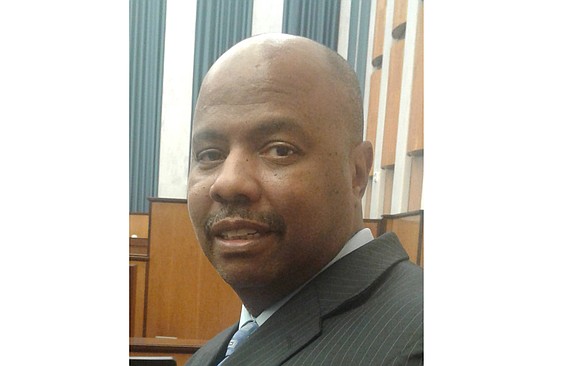City property values on the rise in many areas
Jeremy M. Lazarus | 10/1/2020, 6 p.m.
Richmond’s land book of assessed values shows why affordable housing is now a big issue.
In the past 20 years, the value for tax purposes of residential properties in the city — including single family homes and condos — has climbed $11 billion, producing wealth for owners and higher revenues for Richmond, but leaving many people unable to afford the increased cost.
The impact of that increased value shows up in the average value of a single-family home or condo.
In 2000, the average value of Richmond residential property citywide was $93,000, city assessment records show.
By 2010, the average value skyrocketed to $206,000 — a 120 percent increase that ensured an increasing divide between those who could afford the new normal in home values and their annual taxes and those who could not.
Fast forward 10 years, and the just-released assessments for the 2020-21 fiscal year show the average value of a residence citywide has grown to $259,100 — up 5 percent in just one year from the 2019-20 assessment and up 26 percent from 2010, adding to the affordability crisis in a city where at least one in five residents lives below the poverty line.
The growth in property values did halt for a few years after the Great Recession that began in 2008-2009. But since 2017, the value of homes has been surging, based on the prices buyers have been willing to pay, the basis for the assessed values.
Adding to the concern over affordability, the rise in home values has been accompanied by a rise in rents. The boom in apartments in Richmond — a city where less than half the residents own — has been accompanied by higher monthly rental payments.
It is now commonplace for renters to pay $1,300 a month for a one-bedroom apartment, including utilities.
The surge in residential property values is now impacting neighborhoods that have long trailed other parts of the city in home values and where prices are still well below average, according to the new report from City Assessor Richie McKeithen.
Many of the neighborhoods where prices are going up are filled with so-called starter homes of 1,000 to 1,200 square feet that include two to three bedrooms.
For example, in the once cheap Bellemeade North neighborhood in South Side, home values spiked a remarkable 22.7 percent in the past 12 months. That’s a sharp contrast to the already expensive Fan, where home values rose a modest 2.3 percent and the average increase citywide of 5.16 percent.
In the 2019-20 assessment, the 1,045 homes included in the Bellemeade North community averaged $64,183 in value. This year, the value of homes jumped an average of $14,600 to $78,797, according to the report.
That 22.7 percent jump in value represented the largest increase for any neighborhood in the city — creating more wealth for existing owners, but increasingly pricing out people at the lower end of the income scale.
Also surging in value were the 1,105 properties in the Fairfield area near the Fairfield Court public housing community. It was once an area that many would have bypassed in their home search, but is now more attractive because of the lower price point.
Home values in the Fairfield community jumped 21.6 percent in the past 12 months, second only to Bellemeade North. The average value increased from $74,256 in the 2019-20 assessment to $90,300 in the new assessment — an average increase of $16,000 per residence, according to the report.
Double-digit increases above 15 percent also were recorded in the Davee Gardens/Castlewood/Summerhill and Oak Grove neighborhoods in South Side, the Lakeview neighborhood bordering Byrd Park and the Whitcomb/Mecklenburg neighborhood that sits next door to another public housing community.
Other neighborhoods that saw values increase by 10 percent or more include Highland Park Plaza in North Side and the Warwick Road/Swanson and Midlothian/Belt Boulevard/Broad Rock Road neighborhoods in South Side.
And there were double-digit increases in home values recorded in Old Randolph and Riverview/Maymont Terrace neighborhoods in the near West End.
Mr. McKeithen said that he’s seeing people move into once undervalued areas because of current mortgage rates that are hovering at or below 3 percent. He said buyers are bidding up sales prices because the total monthly payment for them is still cheaper than renting.








